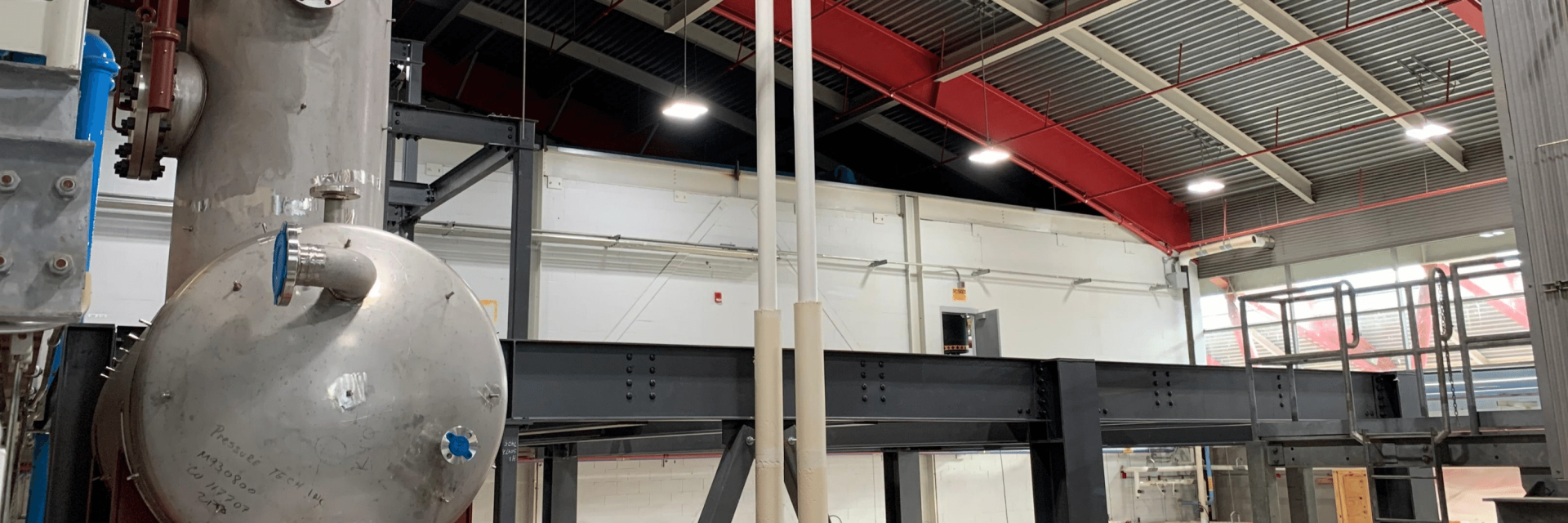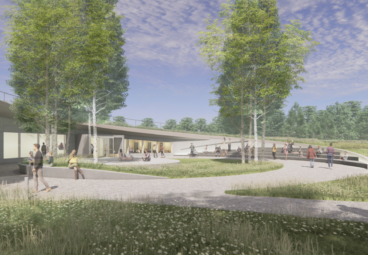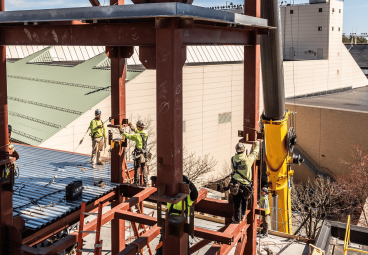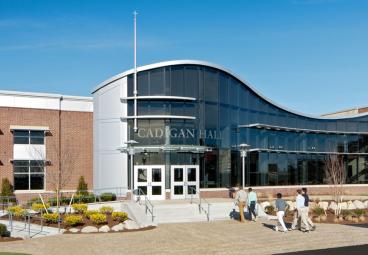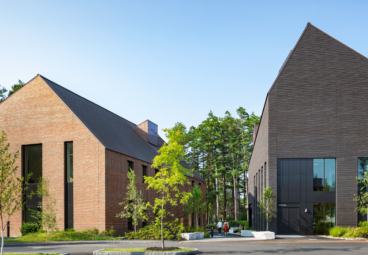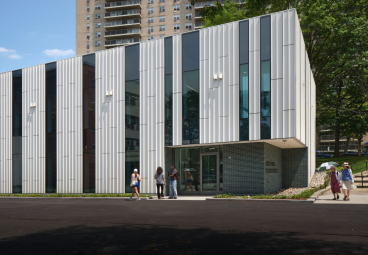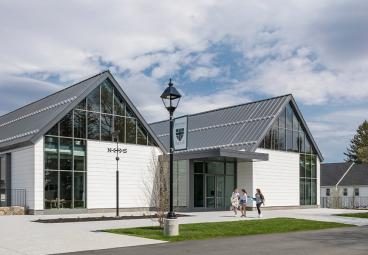University of Massachusetts Amherst
Central Heating Plant Expansion
Project Overview
- Expansion of the steam generating capacity of the University’s Central Heating Plant to meet an N+1 redundancy criteria for steam production
- Installation of a 40,000 PPH firetube boiler with supporting utilities for the future installation of two additional boilers
- All work is being managed while the plant remains fully operational
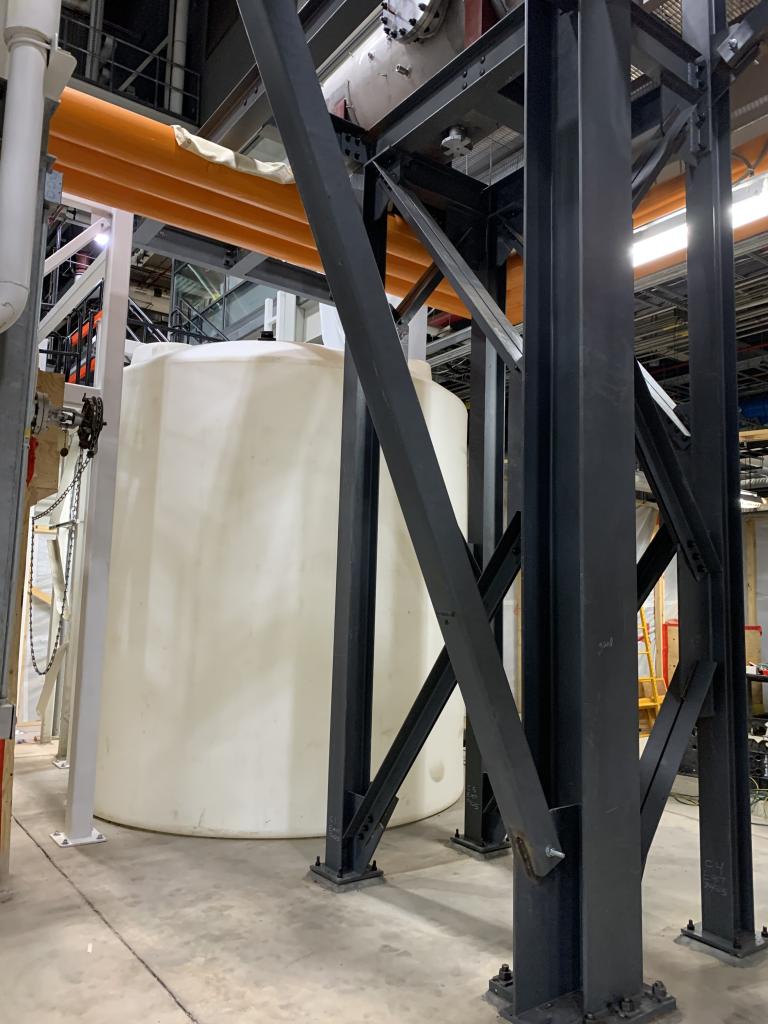
As the largest and flagship campus in the University of Massachusetts (UMass) system, UMass Amherst hosts a campus community of approximately 30,000 people. Understanding that their existing Central Heating Plant (CHP) could no longer meet the peak steam demand estimated at 345,000 pounds of steam per hour (pph), the University called for a solution.
To increase the CHP’s steam generating capacity and meet an N+1 redundancy criteria, the CHP expansion includes the installation of the first of three 40,000 pph firetube boilers, as well as an expansion of the basic plant mechanical, electrical and controls infrastructure to support the new equipment. Supporting utility installation includes breeching work for the boiler up the existing stack and connection of the upgraded systems to the three-story facility’s existing steam network.
The boiler is designed to burn renewable fuel oil (RFO). The project will include storage tanks, forwarding pumps and a heat exchanger to store and deliver fuel to the boiler. Additional new machinery includes an attemperator system for the existing steam turbines, deionized water tank, deaerator tank and associated water pumps feeding into the existing boilers. The continuous emission monitoring systems (CEMS) room was expanded for future growth. Foundation and demolition work was managed while keeping the existing plant in operation, thus ensuring that the construction area was properly contained and filtered with no sign of dirt or dust migration over to the existing central utility plant.

